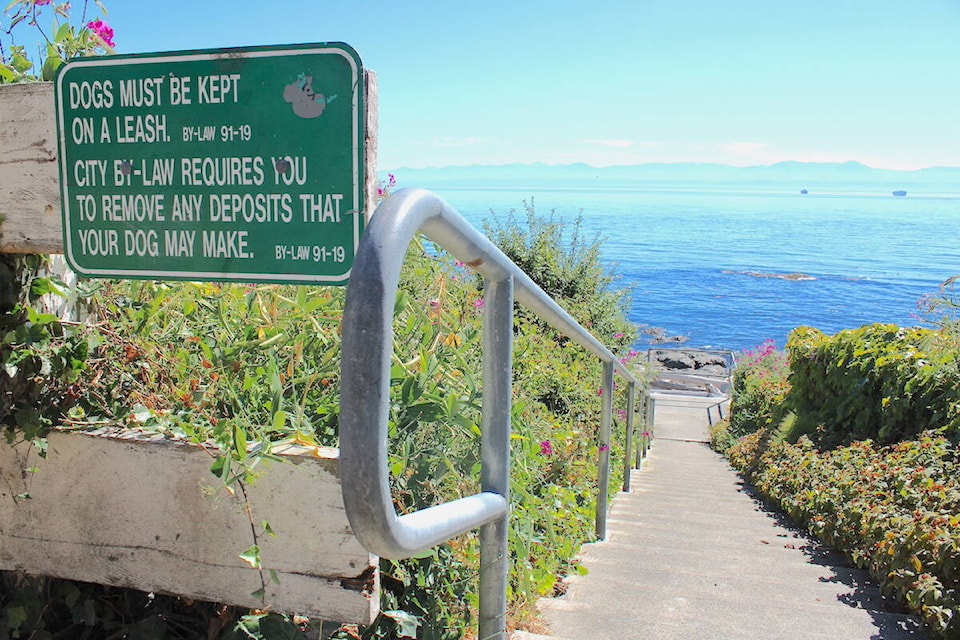Groups are calling out the increasing limitations shutting out British Columbians from the province’s natural spaces.
The University of Victoria’s Environmental Law Centre and the Outdoor Recreation Council of B.C. just released the Wild Places and Green Spaces guide, which aims to empower citizens with the knowledge to prove their right to public areas.
The Centre said British Columbians are increasingly being locked out of the places they’ve long frequented and enjoyed. That comes on the cusp of most B.C. residents saying they’re out in nature now more than ever and it’s been key to their mental health.
“In many cases, the public is being deprived of a perfectly legal right to use the trail, road or public way. And this is a growing problem across the province,” Calvin Sandborn, the centre’s senior counsel, said in a news release.
Trails blocked for hikers and nature lovers, lakes and streams being closed off to kayakers and private landowners encroaching on public pathways to waterfront areas are some of the limits facing people across the province, the release said. It’s a trend Louise Pedersen, the Outdoor Recreation Council’s executive director, called very concerning.
“Access to outdoor places for fly fishers, hikers, birdwatchers, kayakers and other recreationists are gradually disappearing in both rural and urban areas as roads, trails and paths are being blocked by gates, fences and no trespassing signs.”
The guide starts with the caveat that it’s centred around colonial law and noted it’s often expected people seek permission from First Nations before accessing their lands.
The document is split into two parts, with the first describing how to find the evidence people may need to prove they have the right to use a trail, road or public way. This includes learning about the desired route’s history and status, and it gives tips on how to find government documents that may be needed to prove the right to access.
Part two deals with the legal principles people can invoke – including laws that mandate public access. The guide noted one of the most robust ways to prove access is to show the route is legally defined as a “highway.” This is important as much of the province can only be reached by forestry and other industrial roads, which the guide said provide a spectrum of public use.
The author groups said many routes are likely public if government money has gone into their maintenance and people might be surprised with the number of unsigned links to the waterfront near them.
“Loss of public access to the wild may have important long-term consequences for environmental protection – because people who know nature will defend it, and those who do not know nature may not care.”
The guide can be found at .
READ:
jake.romphf@blackpress.ca. Follow us on Instagram. Like us on and follow us on



